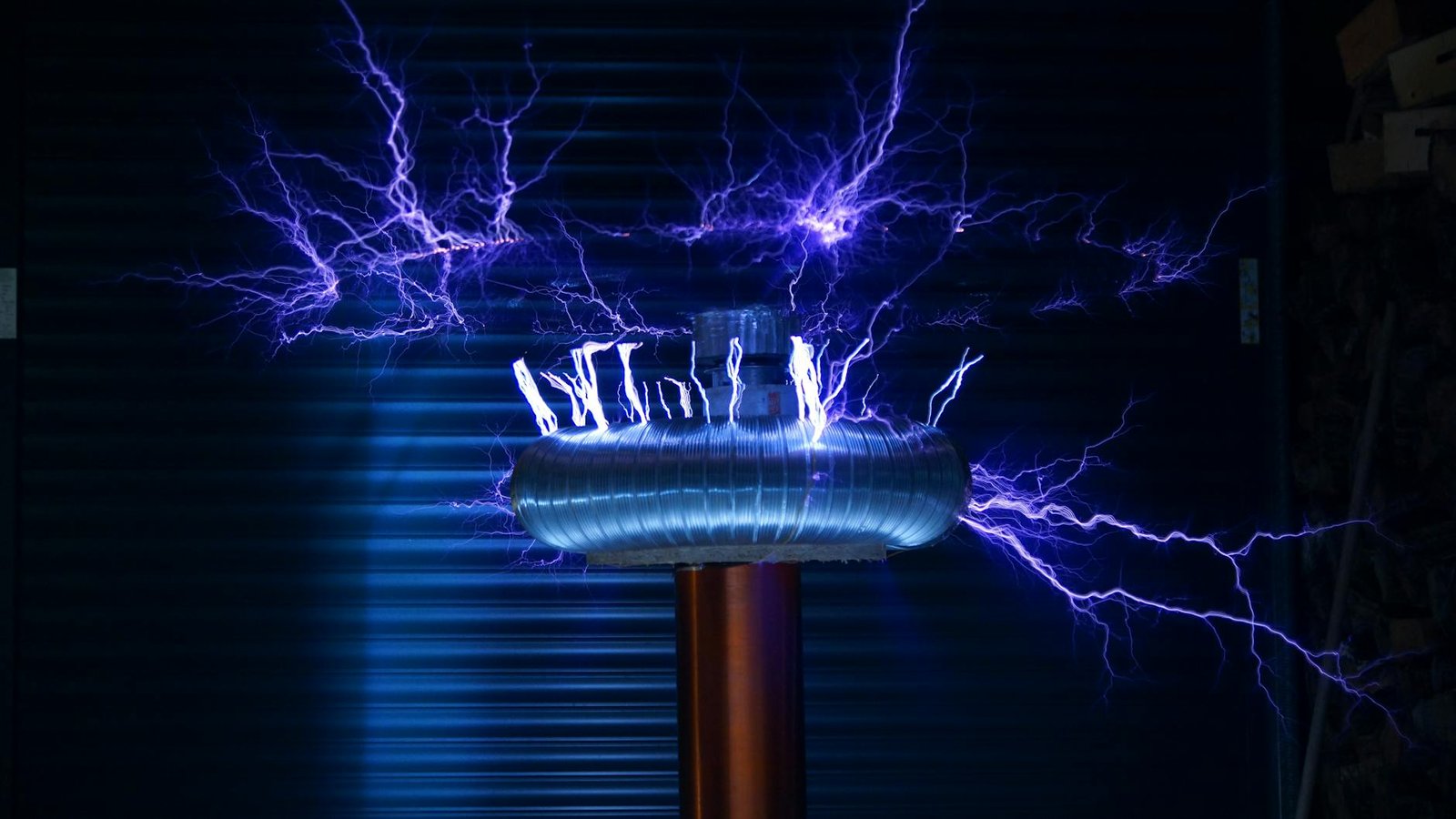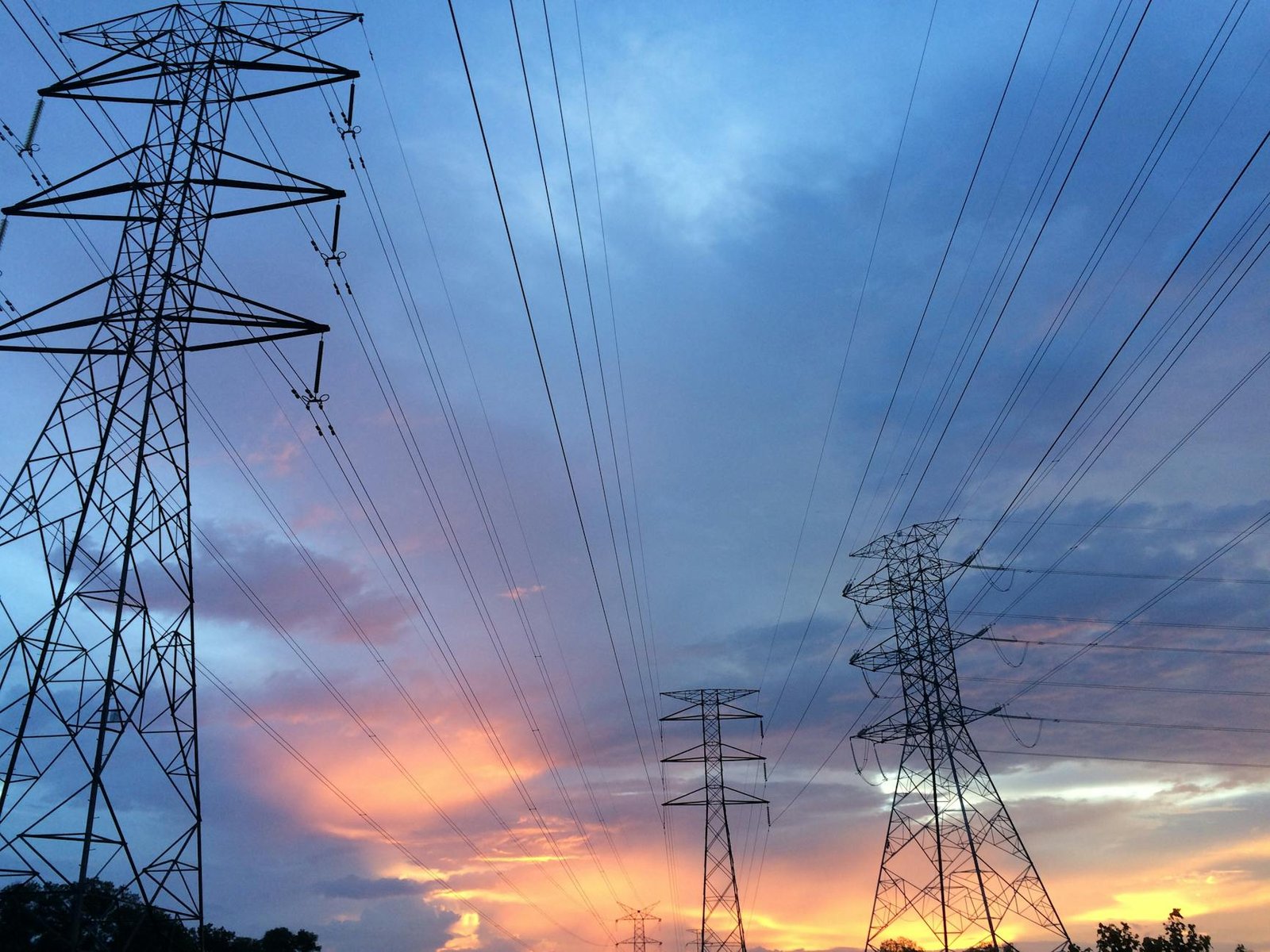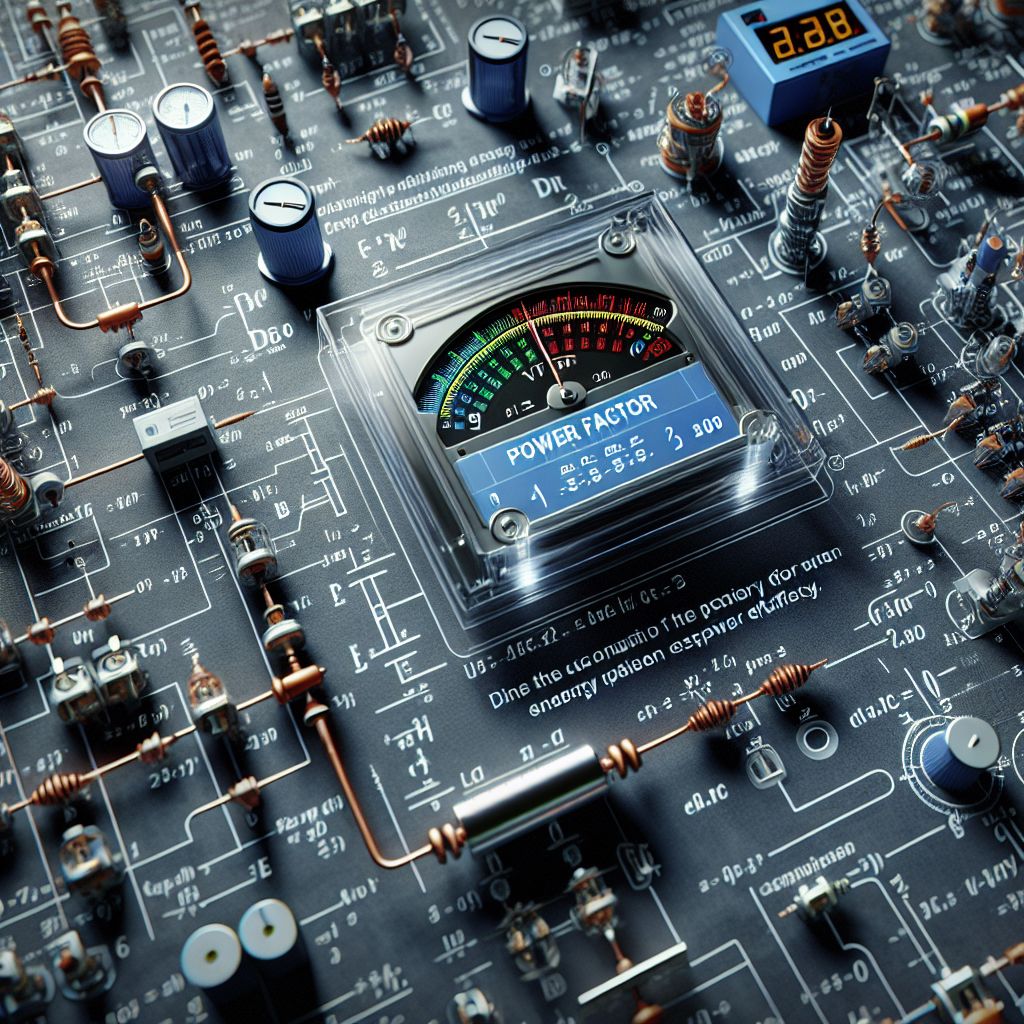Power Factor: A Key to Energy Efficiency in Construction
Imagine being able to transform almost all the power you receive into actual work. Doesn’t that sound amazingly efficient?
This concept isn’t just hypothetical; in construction, it’s embodied in a crucial metric known as the power factor.
You might ask, however, “What exactly is a ‘good’ power factor in construction?” and “Why does it matter?” We’re here to break it down.
Let’s understand what a good power factor value signifies in construction, why it’s essential, and how one can achieve it.
But first, let’s unlock the specifics of this underrated, yet fundamental aspect of the electrical world.
Table of Contents
What is a Good Power Factor Value in Construction?
Defining Power Factor
Before diving into what a good power factor value is, it’s imperative to understand what the concept of power factor is.
In the most simplistic terms, the power factor is a measure of how effectively incoming power is converted into actual work. It is calculated by dividing working power (kilowatts) by apparent power (kVA). It’s a metric that ranges between 0 and 1.0 (or stated as a percentage between 0 and 100%).
Determining a Good Power Factor Value
What exactly, you might ask, defines a “good” power factor value?
Optimal Range: Close to Unity
The ideal power factor value is 1.0, often referred to as a “unity” power factor. This score signifies that all incoming power is being effectively transformed into work. Or in other words, there isn’t any wastage of power– a perfect scenario for construction settings.
Realistic Threshold: Above 0.8
In the real world, achieving 1.0 can be challenging due to the nature of electrical loads and other variables. Therefore, an accepted “good” power factor in most industries, including construction, is typically anything above 0.8 or 80%.
| Power Factor Value | Efficiency Status |
|---|---|
| 1.0 | Optimal efficiency / Ideal scenario |
| 0.8 to 0.99 | Good efficiency / Acceptable range |
| Below 0.8 | Poor efficiency / Adjustment needed |
Why is Maintaining a Good Power Factor Essential?
Now that we have established what constitutes a good power factor, the next question is, why is it so important?
Energy Efficiency
A high power factor indicates high-efficiency use of power. It means minimal wastage and optimized use of the electricity supply, leading to energy savings and reduced electricity bills.
Cost-Efficiency
Construction projects with a poor power factor are likely to incur additional utility charges since more kVA is needed to perform the same amount of work.
Enhanced Equipment Lifespan
Maintaining a good power factor can prolong the lifespan of your construction equipment, as less strain is put on it due to the decreased demand for current.
Better Capacity Usage
A higher power factor allows for better usage of the electrical system’s capacity, leaving ample room for future expansion without the need for significant infrastructure upgrades.
In conclusion: What is a “Good” Power Factor and Why Does it Matter?
In the realm of construction, a “good” power factor is typically anything above 0.8. Maintaining a value within this range ensures not only optimized energy use but also cost savings, prolonged equipment lifespan, and better capacity usage.
The question now is, where does your construction project fall on this scale, and what steps are you taking to reach that optimal power factor value?

The Concept of Leading Power Factor
Exploring the Power Factor Spectrum: Lagging Vs. Leading Power Factor
To fully comprehend the idea of leading power factor, we first need to expand our knowledge about the power factor spectrum. The power factor lies between -1 and +1. We often refer to a power factor of +1 as unity, as we earlier discussed. But what does it mean when we venture into the negative side?
Lagging Power Factor
On one side of the power factor spectrum, we find a “lagging” power factor. This condition often arises when inductive loads, such as motors and transformers, dominate a power system. These inductive loads create a phase difference where the current lags behind the voltage. The delay results in a power factor of less than 1, but greater than 0.
Leading Power Factor
On the opposite end lies a “leading” power factor. In contrast to a lagging power factor, a leading power factor is a situation where the current leads the voltage. This phenomenon mostly occurs when your power system has a more substantial capacitive load, causing the current to jump ahead of the voltage. The leading power factor lies between 0 and -1 in the power factor spectrum.
Impacts of a Leading Power Factor: Is it harmful?
Considering the implications of a leading power factor, you might wonder, is it something to fret about?
Operational Disruptions
A significant leading power factor could potentially destabilize your power system, causing operational disruptions. It might lead to undesired voltage fluctuations and oscillations, damaging sensitive equipment in your construction power system.
Decreased Efficiency
A prominent leading power factor implies that your system is operating inefficiently. Although it may not lead to specific penalties from utility companies like a lagging power factor, it indicates power system inefficiencies that need addressing.
Striking a Balance: Correcting the Power Factor
Understanding the implications of both lagging and leading power factors, isn’t it necessary to aim for the power factor balance?
Absolutely! Correction of power factor, whether it is lagging or leading, is a crucial step towards achieving electrical efficiency in your construction projects. By using power factor correction devices, like capacitors, reactors, or dynamic VAR compensators, you can manipulate your power factor closer to the ideal value of unity.
Improved Electrical Efficiency
By correcting your power factor, you can vastly improve your construction projects’ electrical efficiency. This adherence prompts reduced electricity costs and enhances electrical capacity usage.
Cost Savings
With power factor correction, you’ll also witness noticeable cost savings. Reduction of any reactive power will minimize the strain on the distribution network, which can save you potential penalty fees from utility companies.
In Conclusion: Strive for Balance in Power Factor
In sum, a leading power factor indicates that your power system might be operating under substantial capacitive loads, causing inefficiencies.
Just like aiming for a “good” power factor value, it’s equally important to maintain a balanced power factor (neither leading nor lagging too much).
This equilibrium will lead to enhancements in electrical efficiency, thus saving costs and boosting the lifespan of your construction equipment.
Understanding Power Factor Correction
Conceptualizing Power Factor Correction
While we have established the importance of maintaining a good power factor, how is it achieved in a practical sense? The key lies in power factor correction.
The main aim of power factor correction is to bring the power factor as close to unity as possible. This is achieved by adding or subtracting reactive power. Usually, this process is handled by automated systems, but understanding the basic premise will aid you in discussions with electrical specialists.
Correcting a Lagging Power Factor
In a situation where there’s a lagging power factor—indicated by a power factor less than 1 but more than 0—the most common solution is adding capacitive loads to the system. Capacitors act as reactive energy storage devices.
The catch is, capacitors exhibit leading power factor, so adding them in the system helps neutralize the effects of inductive loads, thereby reducing reactive power and moving the power factor closer to unity.
Correcting a Leading Power Factor
To correct a leading power factor—power factor between 0 and -1— the process involves integrating inductive loads. Devices such as reactors or synchronous condensers are often used, as they mimic inductive load behavior and reduce excess reactive power.
Power Factor Correction Equipment
Several equipment options are available for power factor correction, which work by delivering reactive power of an opposite nature to the system’s reactive power. The common devices used in the construction industry include:
- Fixed Capacitor Bank: Ideal for steady load conditions.
- Automatic Capacitor Bank: Suitable for fluctuating load conditions, as it automatically adjusts the reactive power delivered based on real-time power factor readings.
- Synchronous Condenser: Mimics inductive load features, hence suitable for rectifying leading power factors. It gives the added advantage of easy power factor adjustment according to varying load conditions.
The Payoff: Benefits of Power Factor Correction
Having explored power factor correction, we return to a critical question. Can we quantify the benefits of maintaining a “good” power factor, or rather, achieving ideal power factor through correction methods?
Reduced Energy Costs
With effective power factor correction, there’s lesser reactive power in the system, reducing the total apparent power (kVA). This reduction translates to less power drawn from the electricity supply, resulting in lower energy costs.
Increased Load Carrying Capacity
Since most of the electrical power converts into working power (kW), the load-carrying capacity of the system increases. This condition avails more capacity for any future expansion and empowers existing equipment to perform better.
Extended Equipment Life
Correcting your power factor results in reduced power system burdens, which in turn reduces heat generation in equipment and wiring. The benefits? Extended lifespan for your equipment and lower maintenance costs.
Reduced Carbon Footprint
Last but not least, maintaining a good power factor contributes to lower carbon emissions. By optimizing your usage of electrical power, you use less energy. The trickle-down effect of lesser energy consumption is a reduced carbon footprint.
In Conclusion: Making Power Factor Correction Work for You
Successfully correcting your power factor is a crucial component of every construction project. Not only can it lower your energy costs, but power factor improvement also holds significant benefits for your equipment lifespan and the environment.
On this note, isn’t it time you calculate the power factor for your construction project to evaluate whether you are successfully meeting your energy efficiency goals?

The 0.8 Power Factor: Its Implications and Impact
the 0.8 Power Factor: What Does it Signify?
We’ve explained that a power factor above 0.8 is generally an acceptable range in most industries, a concept often referred to as “The 80% Rule.” But what does a 0.8 power factor mean?
In essence, a power factor of 0.8 indicates that only 80% of the power supply is being converted into useful work, while the remainder is wasted as reactive power. This situation is considered efficient in comparison to lower power factors, but less so compared to factors closer to 1 or unity.
Breaking Down the Power Usage
When viewing a power factor of 0.8 or 80%, it translates that:
- 80% of incoming power is utilized as active power or real power, directly involved in performing work.
- The remaining 20% are reactive power, which is necessary to establish the magnetic field but does not contribute to actual work.
Implications of a 0.8 Power Factor
Surely an 80% efficiency sounds pretty good, but is it, though?
On the Positive Side
On the bright side, a power factor of 0.8 signals healthy electrical efficiency in your construction project. Your system is successfully converting a sizable portion of incoming power into real, useful work and minimizing the creation of non-contributing reactive power. This adequate conversion means maintaining good equipment functionality and reducing energy costs.
A Room for Improvement
However, looking from another angle, there’s still 20% power loss as reactive power. This loss might seem minor but can lead to a significant cost escalation in large-scale industries such as construction. Because utility companies charge for apparent power (kVA), which is both real and reactive power, projects with lower power factors will end up paying more.
Furthermore, systems with lower power factors like 0.8 tend to face additional challenges:
- Increased demand for electrical current, adding strain to the network and the system components.
- The possibility of utility penalty charges for maintaining a power factor below a set threshold (typically in the range of 0.85 – 0.95).
Optimizing the 0.8 Power Factor
Given these implications, how might you optimize a power factor of 0.8?
Power factor optimization works through mitigation measures aimed at reducing unnecessary reactive power. These corrections are primarily achieved by introducing power factor correction devices, such as capacitors in case of lagging power factor, or reactors and synchronous condensers when facing a leading power factor. Timely maintenance and regular PF checks should also be integral parts of your power management strategy.
Increased Efficiency
By raising your power factor even by a small percentage, notably above the 0.8 mark, you can increase your system’s efficiency. That ultimately means higher cost savings and improved operational efficiency.
Reduced Costs
Notably, for large and medium-scale industries where electricity consumption is high, the marginal savings accumulated from a minor power factor increase can be significant. They can help counteract the effects of reactive power and lower the overall electricity bill.
Improved System Capacity and Equipment Life
Additionally, a higher power factor implies less strain on the system components. This reduction in the system’s burden not only increases the life of your equipment but also frees up capacity, allowing for future system expansion.
In Conclusion: Actively Managing the 0.8 Power Factor
Empire building in the construction realm not only requires sturdy bricks and mortar, but it also demands energy-efficient and cost-saving measures. Although a power factor of 0.8 is generally considered efficient, it still holds room for improvement.
With calculated measures and active power factor management, you can inch closer to unity, maximizing electricity usage, and minimizing your power bills.
Is your construction project making the most of the power available to it?
Final Thoughts on Power Factor in Construction
In a nutshell, the power factor plays a key role in the construction field. An optimal power factor, 1.0, signifies maximized efficiency and zero power waste.
Yet, it’s understandable that such perfection might be tricky to attain due to varying electrical loads and other influencing factors. Therefore, most industries recognize a power factor above 0.8 as admirable.
A high power factor is crucial for energy and cost-efficiency, ensuring minimal expenses on electricity bills. Plus, the lifespan of construction equipment can be significantly prolonged due to the lower demand for current. Not to mention, the capacity of the electrical system can be better utilized.
All in all, understanding the power factor and working towards maintaining a high value translates into a win-win scenario from every aspect.
Thus, it’s time to evaluate your construction project’s power factor, and if necessary, fine-tune it to achieve closer to the “unity” figure.






